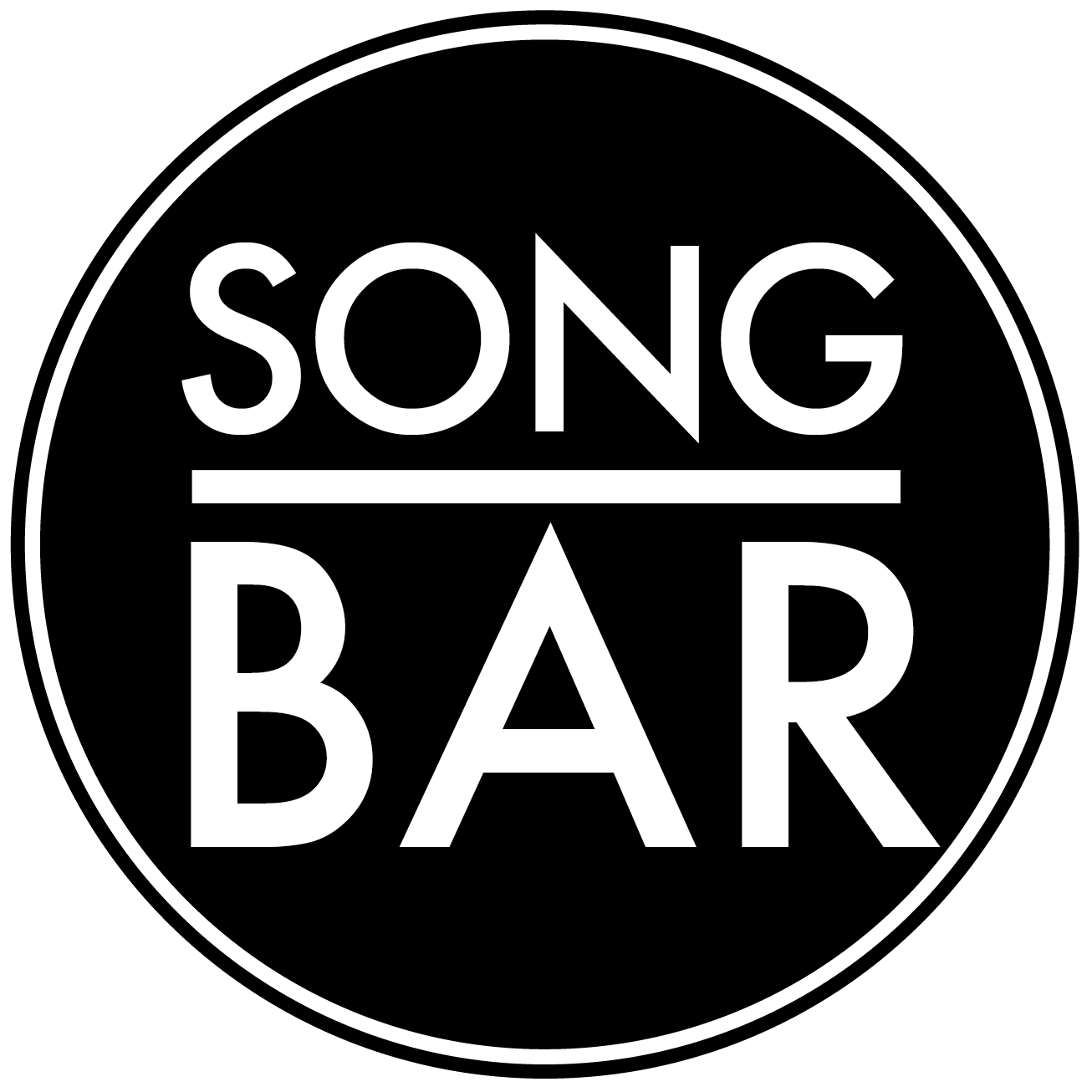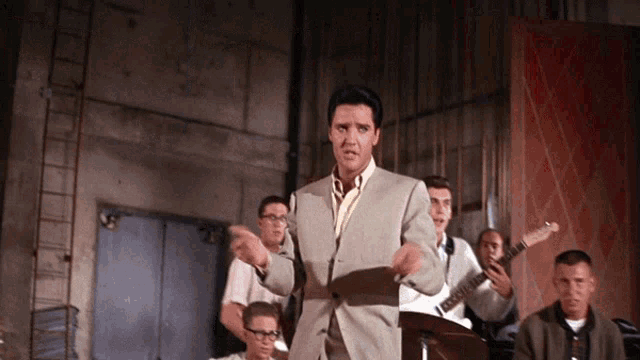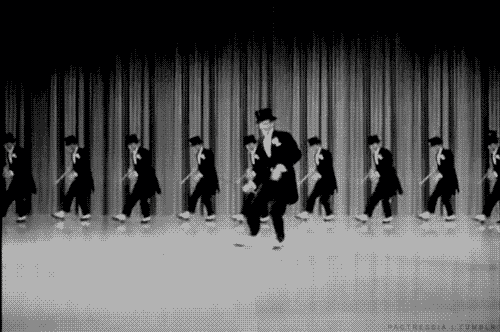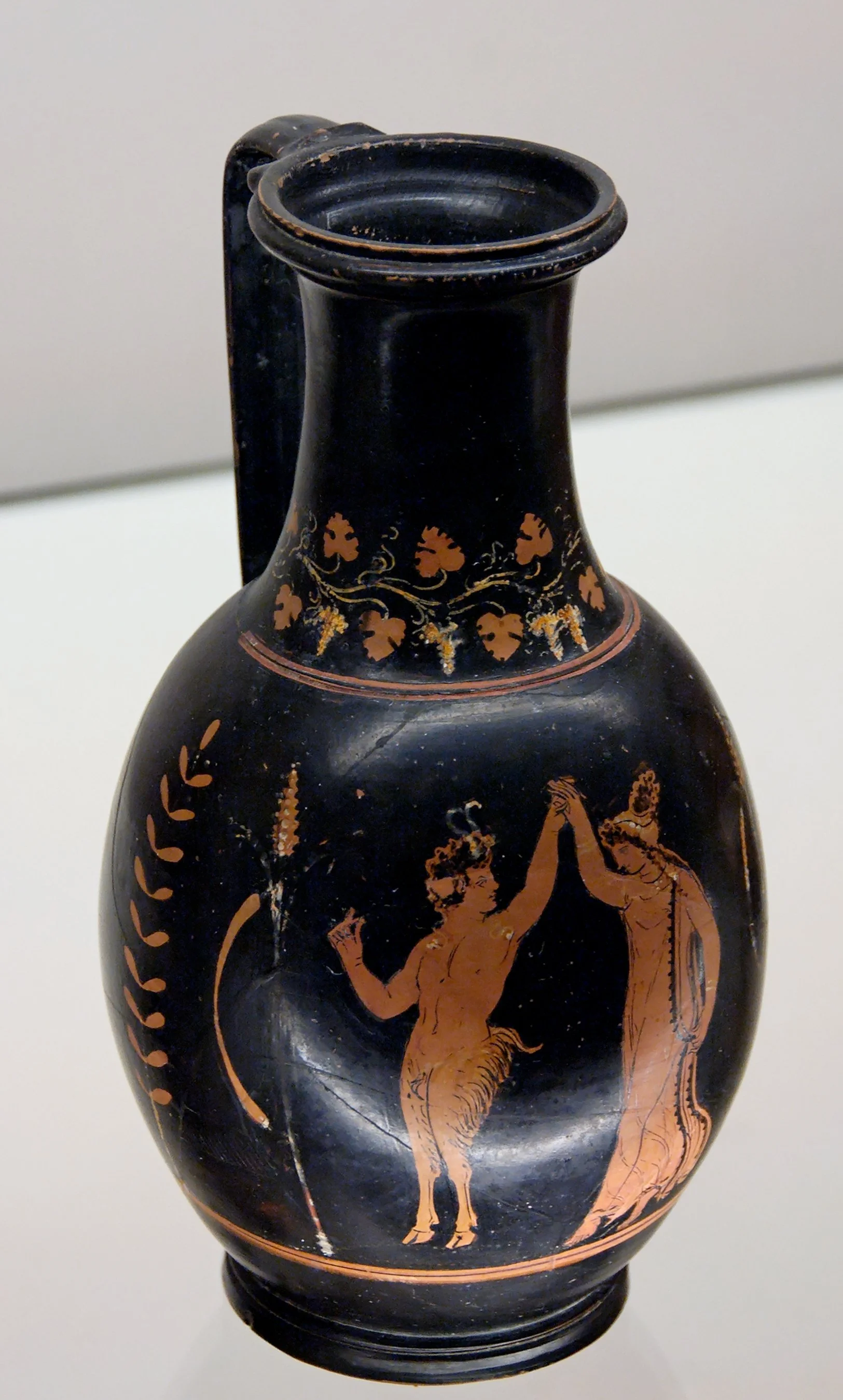Music on tap: Fred Astaire
By The Landlord
“Some people tap their feet, some people snap their fingers, and some people sway back and forth. I just sorta do 'em all together, I guess.” – Elvis Presley
“I snapped my fingers all the way through. Sometimes I set my own tempo during rehearsal by doing that.” – Tennessee Ernie Ford
“Tap dancing all started with the old clog waltz.” – Sammy Davis, Jr.
“Dancing is the poetry of the foot.” – John Dryden
While in our last topic’s marvellous musical menagerie of creatural soundcraft, crickets, grasshoppers and cicadas might be heard in the background rubbing wings or timbal organs to maximum, or marine invertebrates made bodily broadcast with stridulation, muscle contractions, cavitation, and their own form of rapping, this week we atune our ears to other sounds within songs and musical pieces. It's all about the self-contained body percussion rhythms of dexterous human extremities – of fingers, hands, feet and toes, snapping, tapping, and stamping, though not the more common hand-clapping which has been a separate topic.
At the ends of all of our limbs, this has long been a form of musical and visual entertainment before the movie cloggers, hoofers and then more glamorous tappers of the 20th century and beyond.
But let’s begin with finger-clicking or finger-snapping as it’s also known. Just like that – it can indicate a variety of meanings – as a lower volume substitute for hand-clapping, popular for example in the slam poetry scene to accompany rhythmic delivery, something associated with sassy coolness, panache and style, perhaps in jazz, scat or other musical genres, but is also form of body percussion in many other cultures and dance music. But it can also be a sign of impatience, of wanting something done quickly, of a hoped-for click to make something appear or disappear as if by magic, or as punctuation to a diss or putdown, or as sound of intimidatory or warning sign. That’s quite a range of scenarios.
And to show that cultural range, here’s a successful Samoan-New Zealand TV chef, Monica Galetti, describing a character from the 1950s-based US teen culture sitcom Happy Days that ran from 1974-1984: “I loved The Fonz as a kid. He just clicked his fingers and the girls would go wild.”
That’s this kind of thing by the inimitable Henry Winkler as Arthur Herbert Fonzarelli from Happy Days:
Imagine trying that now? It would be inviting less of a snap, more of a slap. And here’s further nostalgia from former Blue boyband member Lee Ryan: “If I was a super hero, I’d want to be the man of peace so that I could click my fingers and the world would be at peace.”
All very fast and easy. So fast in fact that a 2021 Georgia Institute of Technology study found that a audible finger snap sound can be made in just seven milliseconds, much faster than, for example the blink of an eye, which takes 150 milliseconds.
And we’ve been snapping our fingers since at least Ancient Greek times, musicians and dancers using it to keep time, with ”ἀποληκέω” (apolekeo), from the verb apokroteo, "to snap the fingers”). Look closely at this depiction of Pan, god of nature and the wild, dancing with a Maenad dancing on this ornate pottery around 320–310 BCE, and his right-hand fingers are in a snapping position. The original Fonz, then?
The god Pan snaps his fingers as he dances with an Ancient Greek maenad
But there are different techniques to create the finger-snap sound. The most common is to push together then slide the middle finger across the thumb, releasing it so it hits the fleshy bit of the palm. But there’s an alternative involving a full shake of arm which causes fingers to bounce and snap together. And then there’s the Beshkan or "Persian snap”, which requires a more complex two-handed technique, but create a much louder sound. Here’s a demonstration:
Finger-clicking has appeared across many genres through the ages from traditional genres to folk and a hip-hop sub-genre snap music, to far broader appeal popular musicals and TV themes, incorporated into famous dance routines such as in West Side Story to catchy tunes such as that for the Addams Family.
Cultural commentator Heather MacDonald reckons that: "Western classical music had long known syncopation. But no one had felt compelled to snap his fingers to music before American jazz and musical theater, which sent a previously undiscovered current coursing through the body, demanding outlet.”
But what about the ends of the longer limbs? Here’s a couple more guests in the Bar to tell us more.
For toe-tapping excellence, one person that might immediately spring to mind is Fred Astaire, but one his chief partners in dance, Ginger Rogers, herself a truly excellent dancer, is here to combine both clicking techniques to dispel a myth about who also wore the creative trousers: “Over the years, myths were built up about my relationship with Fred Astaire. The general public thought he was a Svengali, who snapped his fingers for his little Trilby to obey; in their eyes, my career was his creation.”
And here’s Donald O’Connor, that brilliant tapper who grew up in a Vaudevillian family, and did many films, but is best known for his dancing duets with Gene Kelly, as well a solo number Make 'Em Laugh, in 1952’s Singin' in the Rain. He describes his overall skills with a certain modesty: “I`m basically a hoofer, a tap dancer. I was always very good from the waist down, moving with the feet... I became what`s known as a total dancer, using the entire body in order to express what you want to express in tap dancing and line.” Here his is with Kelly in the same film:
But in the world of film there’s countless numbers to choose from, not least from the far more unheralded African-American dancers of the golden era.
Take for example the extraordinary feats and feet of Tip Tap and Toe, the group founded by Sammy Green, Teddy Frazier, and Raymond Winfield, who table dance with brilliant rhythmic creativity as waiters and chefs, by the far and away best thing in the 1942 Abbott and Costello film Pardon My Sarong:
And here’s a whole routine of other tap-dancing movie examples from which to draw inspiration:
The techniques required are complex and infinitely clever, creating one to a combination of sounds, combining toe, ball of foot, heel, side, with touch, brush, step, chug, scuffle, flam, paddle, piddlepaddle, ball change, pullback, ripple, slurp, cram shuffle, riff walk and more.
You might dip into all sorts of styles and routines by the likes of Alice Whitman of The Whitman Sisters, Bill "Bojangles" Robinson, the Nicholas Brothers, James Titus Godbolt aka Jimmy Slyde The King of Slides, Arthur Duncan to Tommy and many more. Tap away at the keyboard and who knows what might come up?
And terms of foot rhythm in song, we need not restrict suggestions to tap-dancing. There’s also Irish dance, West African dance, folk dance and even songs across the world of rock, pop, punk and more that includes the sound of marching, stamping and jumping. Among these, for example there’s a famous Clash number that features the stomping of feet throughout.
Overall, whatever song includes the key and prominent rhythmic sound of foot on floor or finger snapping against palm or another finger.
But that’s a place for you, dear learned Song Bar punters, to tread, and hopefully it will all click into place. Assisting in the usual dazzling routine is our very own skilled keyboard dancer and clicker, Marco den Ouden! Place your suggestions in comments below for deadline at 11pm UK time on Monday for playlists published next week. Snap to it …
New to comment? It is quick and easy. You just need to login to Disqus once. All is explained in About/FAQs ...
Fancy a turn behind the pumps at The Song Bar? Care to choose a playlist from songs nominated and write something about it? Then feel free to contact The Song Bar here, or try the usual email address. Also please follow us social media: Song Bar Twitter, Song Bar Facebook. Song Bar YouTube, and Song Bar Instagram. Please subscribe, follow and share.
Song Bar is non-profit and is simply about sharing great music. We don’t do clickbait or advertisements. Please make any donation to help keep the Bar running:




